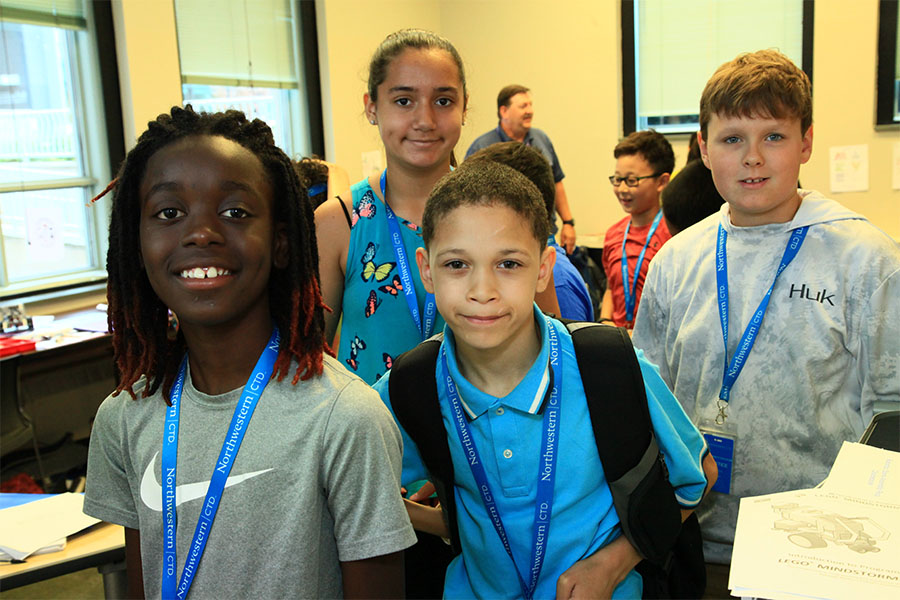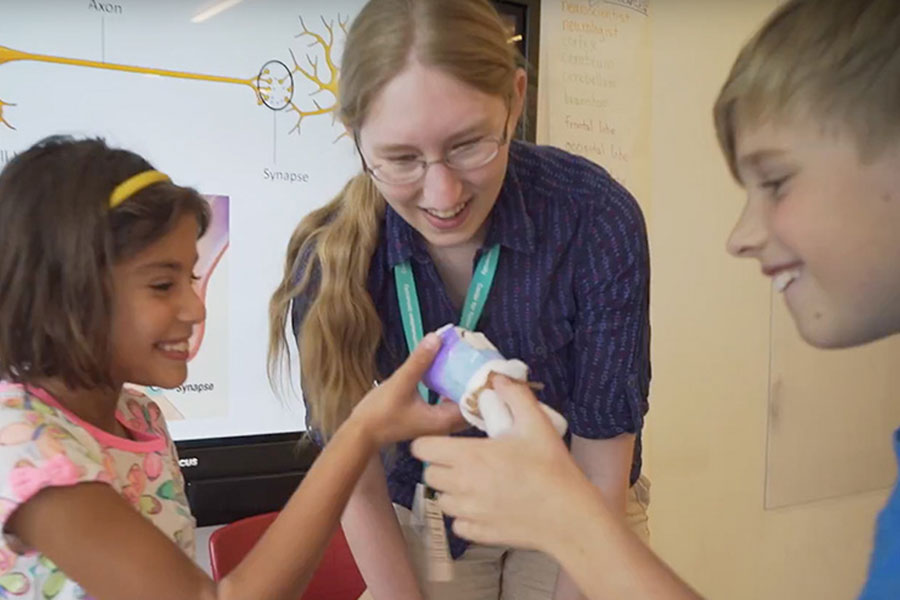What Does Excellent Online Instruction Look Like for Young Learners?
By Beth Dirkes, CTD Family Education Specialist and Enrichment Coordinator and Randee Blair, CTD Project Coordinator, School and Family Services
As we have changed our behaviors in response to COVID-19, there has been a resurgence of interest in online learning, even for very young children. The country’s educators are attempting to transition face-to-face curricula and instruction into the online space and parents are wondering what they can do to facilitate learning at home in a developmentally appropriate way. So, what should excellent online instruction for early childhood students look like? And, how can parents select courses to meet the needs of their advanced learners?
All students, and especially young, advanced learners, should have learning within varied fields or domains of study, such as storytelling, architecture, or life in their backyards. Content taught online, or in the classroom, should also begin with essential questions and learning outcomes that ask students to create, evaluate, or analyze, which are the top tiers of Bloom's Taxonomy.
Figure 1: Example of Essential Questions and Learning Outcomes

Lessons should end with a reflection on the child’s thinking, either orally or in a written post, shared with the online classroom community. Activities should be hands-on and engaging, inviting analysis and creativity.
While content is important, so is pace of instruction. The pacing of the learning experiences should be flexible, especially if a course includes students of different ages. Extensions to the curriculum (in the form of open-ended questions, more detailed or in-depth project pieces) need to be available to allow for increased complexity, creativity, and challenge. Well-constructed learning experiences for young students will fuel a desire for challenges and foster the mindset of taking a risk and sharing the outcomes.
Having an instructor at the “other end” of the experience, to promote and respond to discourse, and adult family members who can mediate the learning activities, is ideal. The personal touch from an instructor is really important in online learning experiences. Click-Next experiences can create a feeling of isolation, and now more than ever we need to connect children with others. This is certainly true for learners and for their parents/teachers at home.
Figure 2: Example of instructor feedback, which encourages reflection and further exploration.

Excellent online educators are able to create community-based learning environments and cultivate relationships among participants, using both engaging activities and instructional technology. Having a range of children and adult participants will lead to new kinds of understanding, not only for the young children, but for other family members as well.
For the youngest students, online learning requires mediation by an adult who can help balance hands-on projects with screen-time activities (engaging in online chats, watching videos, or sharing discussion posts). Though students as young as age two or three can be technology savvy, the learning takes place in how they engage with others and the content available through the device.
We know there is a lot of information and programming for parents and educators to sort through, especially now. Knowing what constitutes best practice is an important first step, and CTD is here to help. We encourage you to contact us with questions and explore CTD's online family program offerings, which have been developed by staff with knowledge of early childhood and talent development and in collaboration with experts, such as the Family and Media Research Project, in which Northwestern's School of Education and Social Policy participates.

